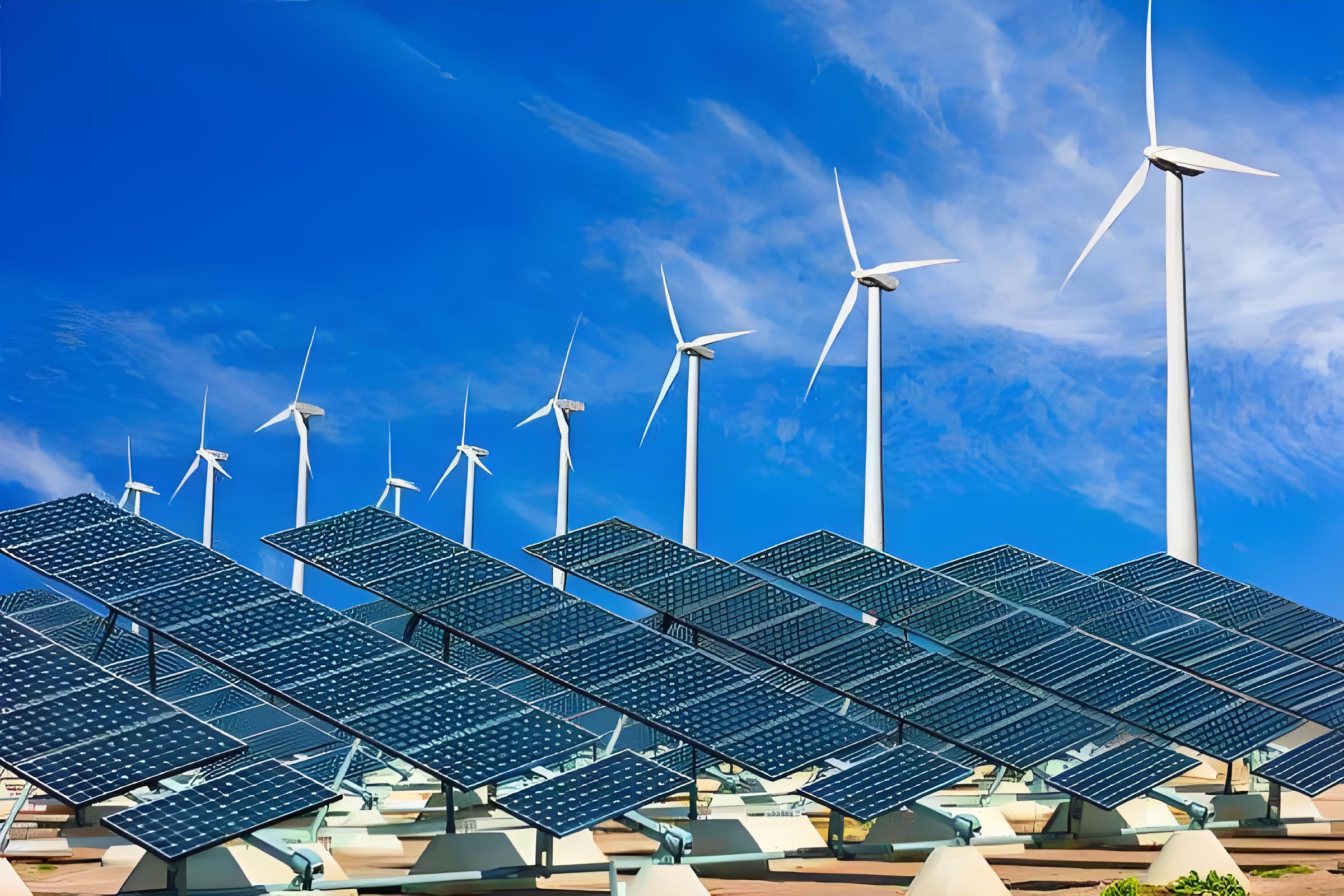nouvelles
Efficient 24V AC to DC Converter for Smooth Power Conversion
Auteur: Module d'alimentation ZYG Time: 2023-5-24
In today’s world, power conversion is a critical aspect of modern technology. A significant amount of electronic equipment requires a stable and regulated power supply to function correctly. One of the most commonly used power conversion methods is the AC to DC converter. An AC to DC converter performs the essential task of converting alternating current (AC) to direct current (DC).
In this article, we will be discussing the efficient 24V AC to DC converter for smooth power conversion. The primary objective of this converter is to convert AC power to DC power with minimal losses and provide a constant DC voltage output.
The 24V AC to DC converter is widely used in various electronic applications, such as in computers, LED lights, motor controllers, and many other devices. The converter is designed to convert the 24V AC input voltage to the desired DC output voltage while maintaining a stable output current.
The converter’s efficiency is one of the critical factors to consider when selecting a converter for a specific application. The efficiency of the converter is determined by its ability to convert the input power to the desired output power with minimal losses. The higher the efficiency, the less energy is wasted in the conversion process, resulting in significant energy savings.
The design of the efficient 24V AC to DC converter involves various components such as rectifiers, capacitors, and transformers. The rectifier is an essential component that converts the AC power to DC power. The capacitors are used to filter and smooth out the output voltage. The transformer is used to step down the input voltage to the desired output voltage.

The converter’s performance is also affected by the load conditions and the input voltage fluctuations. The converter must be able to maintain a stable output voltage and current even under varying load conditions. The converter must also be able to handle input voltage fluctuations without affecting the output voltage and current.
To achieve an efficient 24V AC to DC converter, several design considerations must be taken into account. The design must be optimized to minimize losses and maximize efficiency. The components used must be of high quality and have a high tolerance for the operating conditions.
In conclusion, the efficient 24V AC to DC converter is an essential component in modern electronic devices. The converter’s ability to convert AC power to DC power with minimal losses and provide a stable output voltage is crucial for the proper functioning of electronic devices. The converter’s design must be optimized to ensure maximum efficiency and reliability.
Précédent: 12V AC-DC Converter: Efficient Power Conversion for a Wide Range of Applications
Prochain: Efficient AC to DC 24V Converter for Reliable Power Conversion
les informations pertinentes
-
2023-7-12
AC DC Converter SPM Series: Efficient Power Conversion for Your Electronics
Introduction: In today's digital age, electronic devices have become an integral part of our lives. From smartphones to laptops, from televisions to refrigerators, we depend on these devices for our daily activities. However, all these devices require power to function, and that's where AC/DC converters come into play. The SPM Series AC/DC converter is a cutting-edge solution that offers efficient power conversion for your electronics. Let's delve deeper into its features and benefits. Efficiency and Reliability: One of the key features of the SPM Series AC/DC converter is its high efficiency. With an efficiency rate of up to 95%, the converter minimizes power loss, resulting in lower energy consumption and reduced electricity bills. Its advanced design ensures stable and reliable...
Voir les détails -
2023-6-11
Revolutionizing Power Conversion: The Bidirectional Converter
The world we live in today is driven by technology. From mobile devices to electric cars, technology has revolutionized the way we live our lives. One area where technology has made significant strides is in power conversion. Power conversion is the process of converting one form of electrical energy to another. This process is crucial in many applications such as renewable energy systems, electric vehicles, and industrial automation systems. The conventional power converters, however, have limitations in terms of efficiency, cost, and reliability. It is in addressing these limitations that the bidirectional converter has emerged as a game-changer in power conversion. The bidirectional converter is a power converter that can operate in both directions, i.e., it can convert electrical energy...
Voir les détails -
2024-8-15
New Energy High Voltage Power Supply: Key Technology for a Green Future
With the increasing global attention to sustainable development and environmental protection, new energy technology, as an important way to reduce carbon emissions and achieve energy transformation, is developing at an unprecedented speed. In this process, new energy high-voltage power supply, as one of the key technologies, is gradually becoming an indispensable and important part of new energy vehicles, renewable energy power generation and other fields. In this article, the technical characteristics, application scenarios, and future development trends of new energy high-voltage power supplies will be explored in depth. Technical Features of New Energy High Voltage Power Supply As the name suggests, new energy high-voltage power supply refers to a power supply system with an output voltage above the kilovolt level,...
Voir les détails -
2023-7-19
Is the Bidirectional Converter effectively bridging the gap between languages?
Introduction Language is a remarkable tool that enables communication and understanding among individuals. However, language barriers often hinder effective communication, both in personal and professional settings. The bidirectional converter aims to overcome these obstacles by providing a seamless transition between languages. This article explores the significance of bidirectional converters and their potential to bridge the gap between languages. Understanding Bidirectional Conversion Bidirectional conversion refers to the process of translating text or speech between two languages, while maintaining the integrity and context of the original message. Unlike traditional translation methods that focus on one-way conversion, bidirectional converters allow for a dynamic exchange of languages. These sophisticated systems employ cutting-edge technologies, such as natural language processing and machine learning algorithms, to ensure...
Voir les détails -
2023-12-9
Enhance Your Electronics Projects with an Adjustable Power Supply Module
In today's fast-paced technological world, electronics projects are becoming increasingly popular among hobbyists, students, and professionals alike. Whether you are designing a circuit, testing components, or troubleshooting a device, having a reliable power supply is essential for the success of your project. This is where an adjustable power supply module comes into play. An adjustable power supply module is a versatile tool that provides a stable and adjustable voltage output for powering electronic circuits. It is designed to be compact, portable, and easy to use. With its numerous benefits, it can greatly enhance your electronics projects and make your life easier. One of the key advantages of using an adjustable power supply module is its ability to provide a wide...
Voir les détails -
2024-7-13
Power Module: The Energy Heart of Modern Electronic Devices
In today's highly digital and electronic era, power modules, as one of the core components of various electronic devices, play a vital role. They are not only the power source for the normal operation of the devices, but also the key to ensuring the stable, safe and reliable performance of the devices. This article explores the basic principles, importance, and applications of power modules in various fields. Basic Principles of Power Modules In short, it is a device that converts one form of electrical energy into another form of electrical energy. It usually includes several links such as rectification, filtering and voltage stabilization, which can convert the input AC or DC into a stable DC voltage or a specific current...
Voir les détails


















